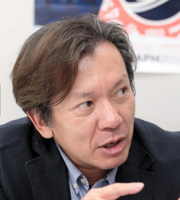Research Experience
-
2004.04-Now
Waseda University Faculty of Science and Engineering Professor
-
2010.04-2014.03
NICT Spoken Language and Communication Research institute Invited Researcher
-
1999.04-2010.03
ATR Invited Resercher
-
2001.04-2004.03
Seikei University Faculty of Engineering Professor
-
1988.04-2001.03
Seikei University Faculty of Engineering Associate Professor
-
1994.07-1995.08
University of Toronto Department of Computer Science Visiting Professor
-
1987.04-1988.03
Seikei University Faculty of Engineering Permanent Lecturer



Click to view the Scopus page. The data was downloaded from Scopus API in January 09, 2026, via http://api.elsevier.com and http://www.scopus.com .